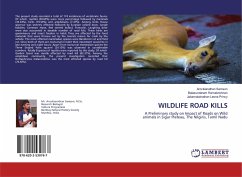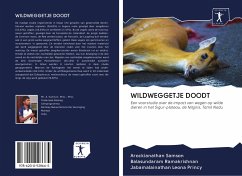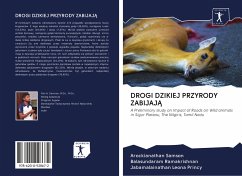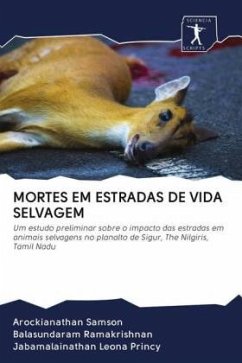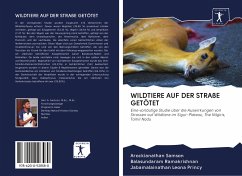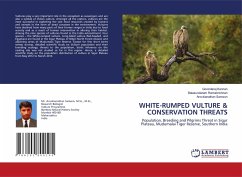The present study recorded a total of 174 incidences of vertebrate fauna. Of which, reptiles (39.65%) were more percentage followed by mammals (33.33%), birds (19.54%) and amphibians (7.47%). Among birds House sparrow was severely affected followed by Eurasian collard dove, Jungle babbler, Common myna, Red vented bulbul, Francolin, Laughing dove were also accounted in sizeable number of road kills. These birds are gaminivours and insect feeders in habit. They are affected by the food materials that were thrown out by the tourists reason for crash by the vehicle. The most affected mammalian species were Bandicoot rat and field rat. Since both of them are nocturnal in habit their movement would be in late evening and night hours. Apart from nocturnal mammalian species the Three Striped Palm squirrel (24.13%) was observed in considerable numbers. Totally 8 species of reptiles were reported by this study. Of which Garden lizard was mostly affected by road kill (62.31%). Among the amphibian community, the present investigation recorded that Duttaphrynus melanostictus was the most affected species by road kill (76.92%).
Bitte wählen Sie Ihr Anliegen aus.
Rechnungen
Retourenschein anfordern
Bestellstatus
Storno

